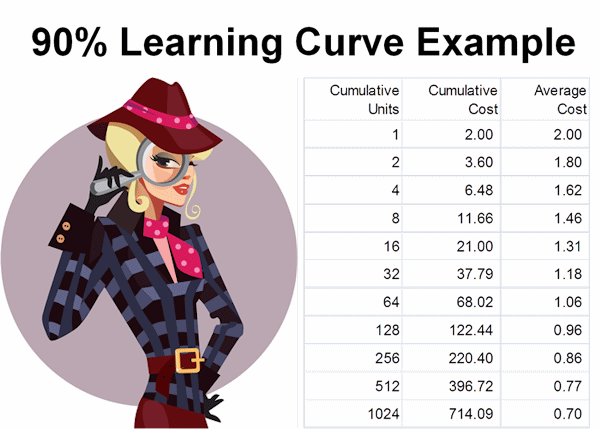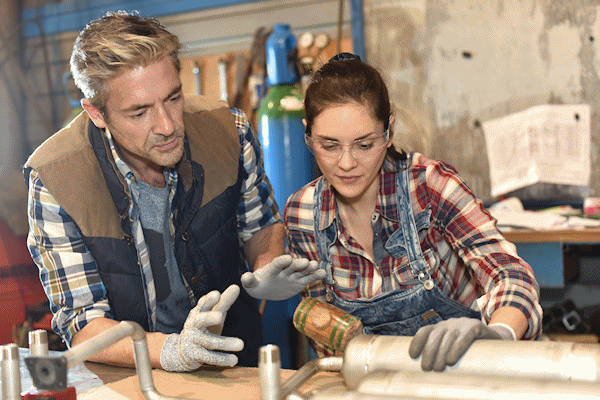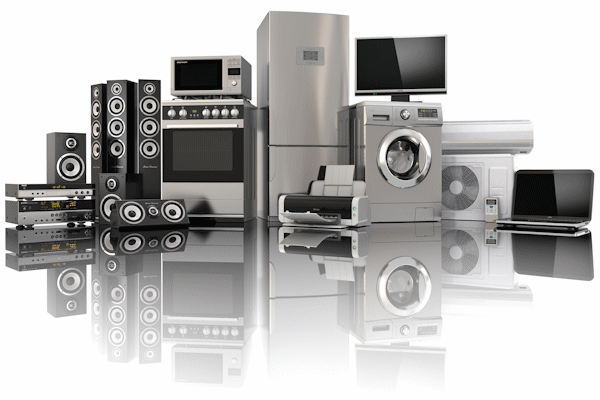By Ally Conrad, Events Manager for Transformance Advisors
A New Challenge
The term “learning curve” was first brought to my attention during my participation in a Certified Lean Practitioner course.
To clear the air, I had certainly made the self-discovery that, as I continued to attempt a task, my accuracy increased and my completion time decreased. What had changed was how frequently I was noticing it. After receiving my lean certification, it was not long until a new project landed on my desk. I was going to need to master sound wave editing software, which allowed me to improve the quality of the vocal recordings which would soon become part of an online course.
This software was certainly no cake walk and presented many obstacles along the way. When I first began editing the vocal recordings, a 10 minute clip would take me approximately an hour. It seemed like I was getting nowhere! Luckily, it didn’t take long before a 10 minute clip would demand 25 minutes of my time; it was clear I was improving at a very quick rate; saving time and money.
Let’s get a better understanding of what the learning curve really is, how to calculate it, and the 3 major reasons which influence this phenomenon.

Rate of Improvement Over Time
The concept whereby people get better at a task, the more they do it, is called the learning curve. It’s important to note that not only does speed increase, but mistakes also decrease.
A learning curve shows the rate of improvement in performing a task as a function of time. There is a simple standard formula for calculating the learning curve, which is expressed as a percentage. The data you need is the per unit average cumulative cost for every point where you double the cumulative output.
For example, if you double your cumulative output from 4,000 to 8,000 and the per unit average cumulative cost drops from $10.00 to $9.00, then you have a 90% learning curve. Talking about percents, cumulative costs, and other terms can be confusing. So, let’s look at an example to clarify the concept.

How to Calculate
The data in the table to the right shows that as cumulative units double, from one to two, the cumulative costs go from $2.00 to $3.60. The average cost goes from $2.00 for 1 unit to $1.80 for 2 units. The average cost of $1.80 for unit 1 is 90% of the average cost of unit 2 at $2.00, meaning we have a 90% learning curve.
As you can see, the chart is already completed. But if this were not the case, then how would you find the cumulative cost for unit 4? Let’s take a step back. For 4 cumulative units, multiply the average cost of unit 2, $1.80, by 90% (the learning curve) to get $1.62 for the average cost of unit 4. Then multiply the average cost of $1.62 by 4 cumulative units, to get a cumulative cost of $6.48. You would continue down the chart in this same fashion to see the average cost per unit.
Notice, as we work our way downward, we can see how the average cost is dropping over time, as the cumulative output increases! In fact, the average cost drops by 10%, every time we double the output.

Major Reason 1 – People
One of the major reasons why the average costs drop as part of the learning curve is people. Just as we stated earlier, the more people complete a task, the better they become at doing it. Here are a few reasons why:
- They become more efficient as their dexterity improves
- They make less mistakes and have less scrap and rework
- They look for better ways of performing the task through experimentation
- They become more confident in their ability to do the job
The better these traits, the faster people learn and the more quickly the average costs drop.

Major Reason 2 – Process
Process is the next major contributor in how the learning curve leads to lower average costs.
- Better work instructions should be developed as the steps are better understood – as better methods are found by one person, spread the word!
- Wasted steps are identified and removed – such as unnecessary quality inspections where no mistakes are made
- Alternatively, quality testing may be added where problems exist – while adding a step, this will reduce errors and lower the average cost
- Technology can also help improve the learning curve number – a power screwdriver is not only more efficient and makes the job quicker, but it is less tiring for the employee and helps eliminate repetitive motion injuries
- Specialization comes into play as the process stabilizes and it become clear certain tasks take specialized skills – by using a specialists to do this task, the process is more efficient and per unit costs continue to drop

Major Reason 3 – Product
The third major reason why average costs drop as a function of the learning curve is improvements to the product.
- Use standard parts and tools to increase speed and eliminate errors
- Redesign parts or tools – use mistake proofing concepts to make it impossible to assemble a component backwards
- Drop unneeded variations and options – these may be the things your customer said they wanted, but are not willing to pay for
- Reduce the need for expensive materials or excessive use of packaging
- Beyond your own operations – the learning curve also applies to suppliers and they may develop cost saving approaches you can leverage

Summary
I would bet that after reading this article you too will see the learning curve effect in your life on a daily basis, both personally and professionally.
Our ability to quickly adapt and learn from our mistakes is very powerful and the reason why we are always continually improving.

Education and Training
Lessons from Sasquatch
What is the Flipped Classroom?
Make Process Improvement Stick
What is Continuous Improvement?
Subscribe to our newsletter
References
Learning by Inchainge
Organizational Improvement Acronyms by Transformance Advisors
Organizational Improvement Definitions by Transformance Advisors
